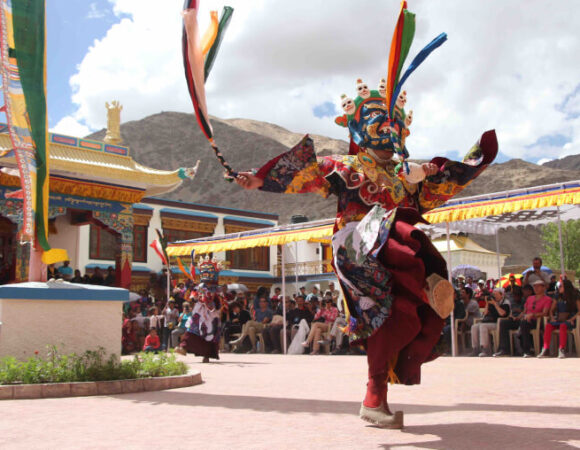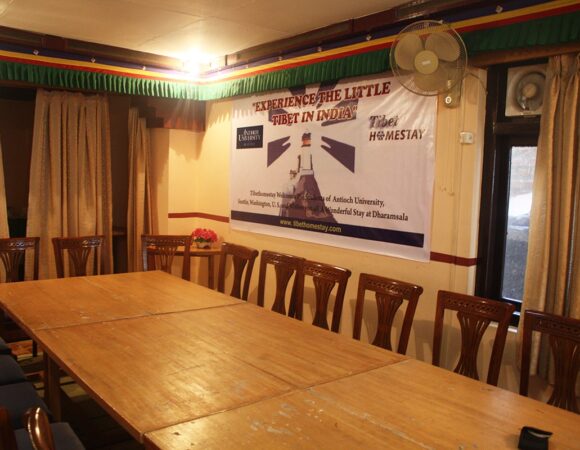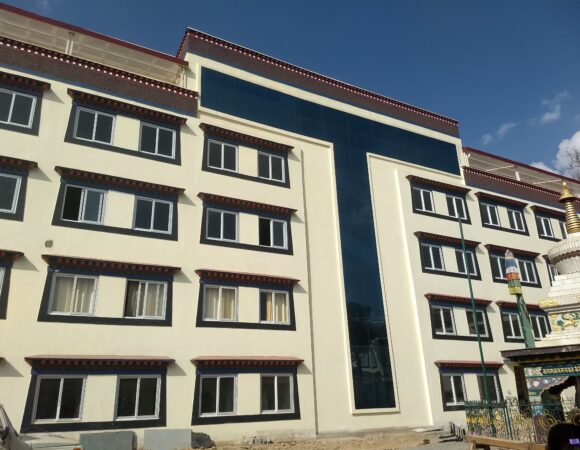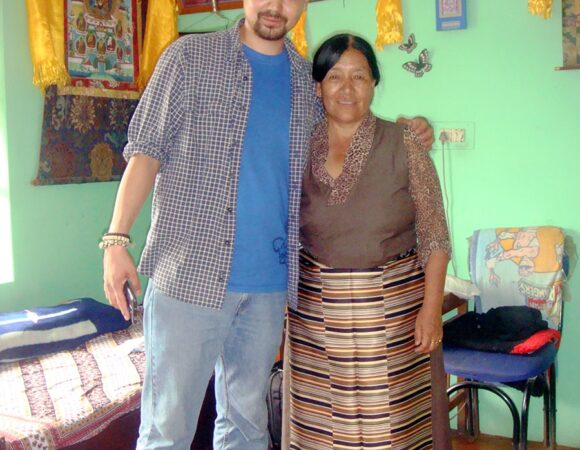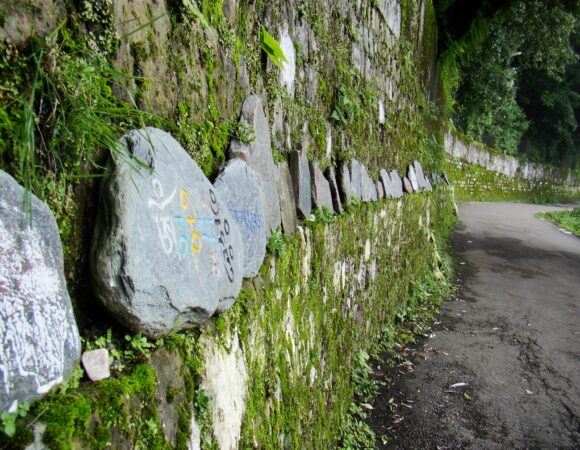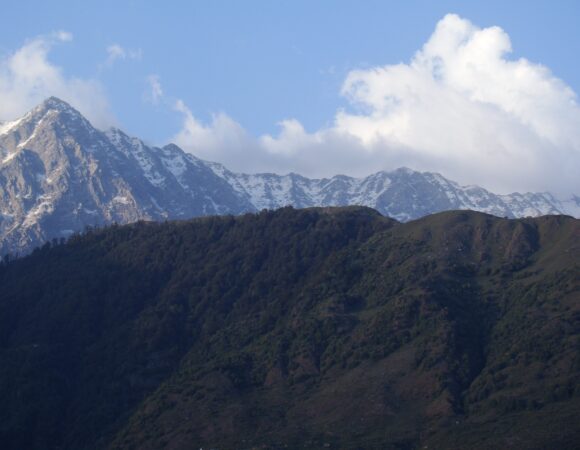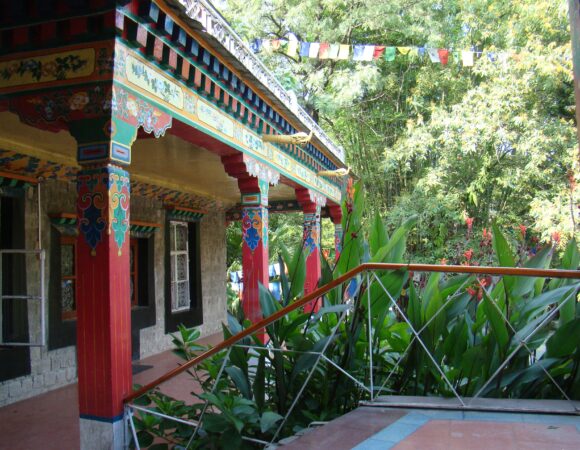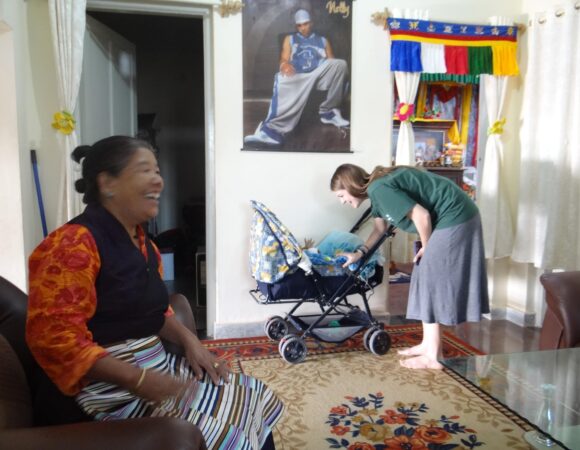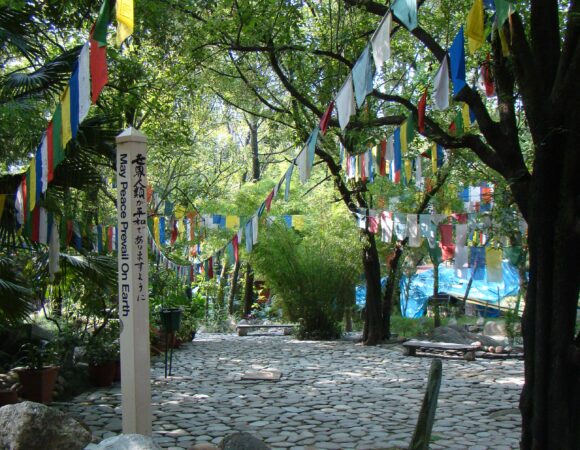- Home
- Dharamsala
Discover Dharamsala: Your Gateway to Tibetan Culture and Scenic Beauty
Dharamsala's Unique Appeal:
Hub of Tibetan Life:
While central government offices are located closer to Dharamsala, it's McLeod Ganj, set slightly higher in elevation amidst the Himalayan foothills, that truly embodies Tibetan culture and life. This vibrant enclave is the heart of the Tibetan community and a must-visit for anyone seeking an authentic Tibetan experience.
Scenic Beauty:
Dharamsala is a visual delight, set against a backdrop of lush pine trees and Deodar forests. Nearby snowlines, glistening streams, and a refreshing climate make it an enchanting destination.
Cultural Delights:
Immerse yourself in Tibetan culture through colorful temples and gompas, reflective of Tibet's rich heritage. The Kangra museum provides insight into the region's history, while institutes like Norbu Lingka preserve Tibetan art, culture, and traditions.
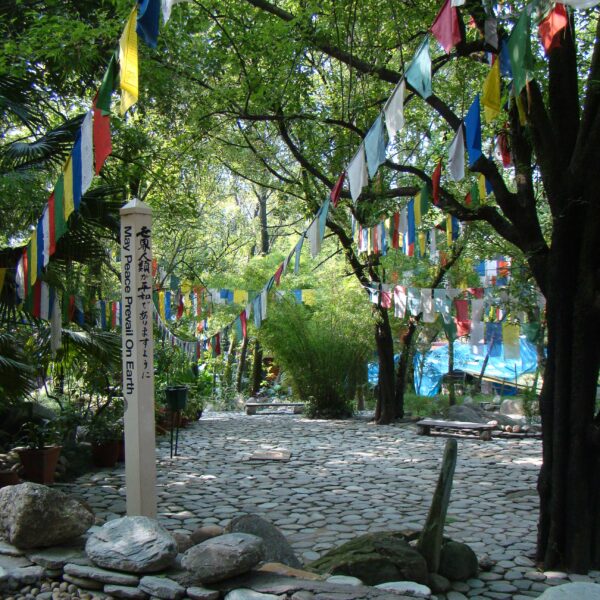
General Information:
Getting to McLeod Ganj and Dharamsala:
- Travel by Bus: Overnight buses from Delhi, particularly those departing from the Tibetan Colony, can take you directly to McLeod Ganj. Alternatively, government-owned buses often stop in Dharamsala, and you can take a short local bus ride to McLeod Ganj.
- Travel by Plane: Dharamsala has an airport located about 18 kilometers from Lower Dharamsala, offering connections to Delhi, Kullu, and Shimla via Indian Airlines.
- Travel by Train: From Delhi, a 12-hour train journey to Pathankot is an option. From there, you can take a 4-hour bus or a 2-hour taxi to Dharamsala, followed by a local bus to McLeod Ganj.
What to Bring:
Money and Currency:
- ATM and Bank Cards: While there are a few ATMs in McLeod Ganj, some international cards may not work. Consider bringing alternative payment methods such as credit cards and traveler’s checks.
- Credit Cards: The Bank of Baroda in Dharamsala offers cash advances with a nominal 2% service charge, but advance authorization is required. Local cash advance places in McLeod Ganj may charge a 5% service fee.
- Traveler’s Cheques and Cash: These can be exchanged for Indian rupees at multiple locations in McLeod Ganj and Dharamsala.
Weather:
Prepare for diverse weather conditions due to Dharamsala’s altitude. Bring wet-weather gear during the monsoon season (July to September) and warm clothing or thermals for winter (November to February). Ensure you have the right footwear to explore the Himalayan foothills’ natural beauty.
Tibetan Settlement in Dharamsala:
Settlement Location:
The Tibetan Welfare Office is situated in McLeod Ganj, Dharamsala, Kangra District, Himachal Pradesh, approximately 8 kilometers from Dharamsala's main town. McLeod Ganj sits at an altitude of around 1,750 meters (5,742 feet) and experiences temperatures ranging from 0°C to 38°C (32°F to 100°F) with an average rainfall of 290 mm.
Settlement Population:
Present Population: 10,470
Number of Villages: Tibetan refugees in Dharamsala are distributed across the hills and divided into five divisions based on their locations.
Livelihood:
Tibetans in Dharamsala do not have leased land from the Indian government like other settlements in India. They rely on various sources of income, including small restaurants, shops, seasonal businesses, handicraft work, and more.
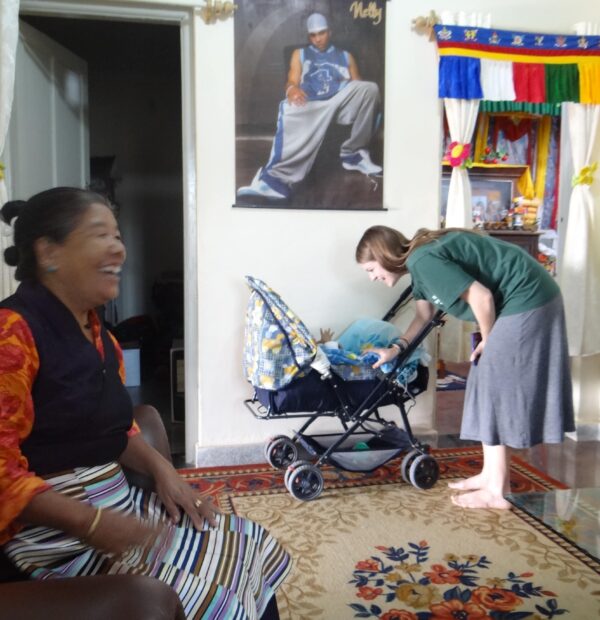
Facilities in the Settlement:
Education:
Several schools, including one secondary and one senior secondary school, cater to the educational needs of the settlement's youth.
Healthcare
The settlement features a modern allopathic hospital (Delek Hospital) and the Tibetan Medical and Astro Institute (Men Tsee Khang).
Monasteries
Dharamsala boasts 15 monasteries, each contributing to the rich tapestry of Tibetan culture and spirituality.
Old People's Home
The settlement includes an old people's home under the direct care of the Department of Home, housing 150 elders and staff.
Administrative Setup:
Tibetan Welfare Office
Serving as the liaison between the Tibetans in Dharamsala and the Department of Home, Central Tibetan Administration, this office ensures the welfare and overall management of Tibetan affairs in Dharamsala.
Local Assembly
Elected representatives act as intermediaries between the Tibetan people and relevant authorities. They address issues, convey information, resolve disputes, and collect funds, advocating for the welfare of their community.
Travel Information:
Nearest Railway Station
Pathankot, located 80 kilometers away.
Nearest Airport
Gaggal, approximately 15 kilometers from Lower Dharamsala.
Bus and Taxi Services
Readily available throughout the area to facilitate your local travels.

